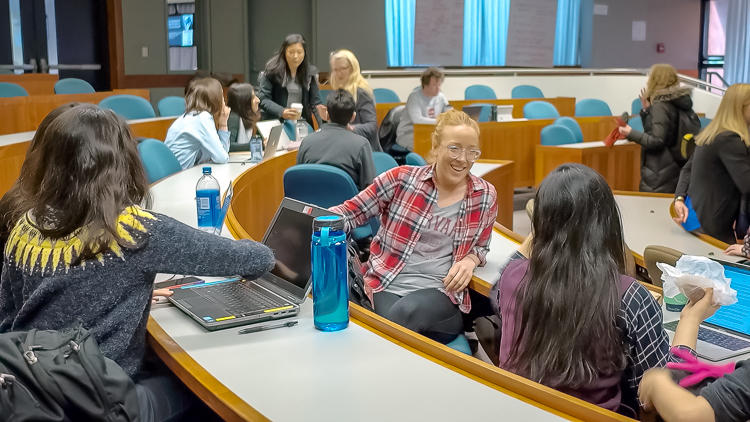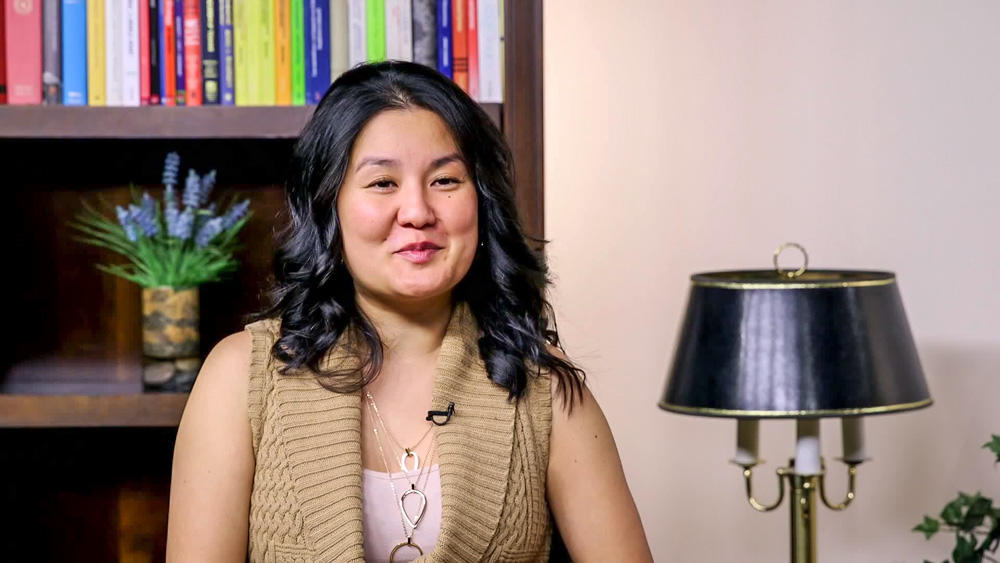While students certainly pay attention to their professor’s verbal communication, they also pick up on nonverbal cues. Sitting in a circle with your students instead of standing over them, or empowering them to participate without necessarily waiting to be called on can foster a democratic culture where all voices matter equally. In this video, Christina “V” Villarreal explains how she purposefully arranges her classroom and uses physical cues to build a classroom community that “agentizes” her students.
Using the physical space to support a democratic philosophy
Instructor
Christina “V” Villarreal, Lecturer on Education
Student Group
Graduate
School
Harvard Graduate School of Education
Course
Ethnic Studies and Education
Group Size
23 students
- Ball highlights a plethora of significant elements to broaden our understanding of classroom learning well beyond the mere words used in lesson plans, suggesting that instructors should design learning environments that consider how physical characteristics and dynamics promote or hinder learning objectives (2000)
- The physical space of a classroom can play an important role in promoting discussion. In a study of baccalaureate and master of social work students designed to investigate students’ perceptions of safe and unsafe classrooms, researchers found that students associate seating where they can see everyone as a trait of a safe classroom. According to students, these types of classrooms are additionally more conducive to discussions (Holley & Steiner, 2005).
- If furniture allows, arrange seating in a circular formation to communicate that every voice matters. This also makes it easier for students to see each other’s faces and hear each other’s contributions.
- Position yourself within the circle, too. This simple but not insignificant act can help to challenge inherent student-teacher hierarchies and minimize the distance, literal and figurative, between your students and you.
- Try making communication norms more natural. Indicate who may speak next by making eye contact and nodding rather than requiring an unwieldy queue of speakers waiting to be called on by name.
- Model how instructors are always learning, too. Even though you come to the discussion with advanced training, highlight when you learn something new and discuss how your thinking has changed.
- “Teaching with Discussions” from The Teaching Center at Washington University in St. Louis offers tips for instructors before, during, and after discussion, including how to create a comfortable non-threatening environment from the first class onward
- “Facilitating Effective Classroom Discussions” by professors at Virginia Tech discusses the benefits of student-to-student discussions in writing classrooms




